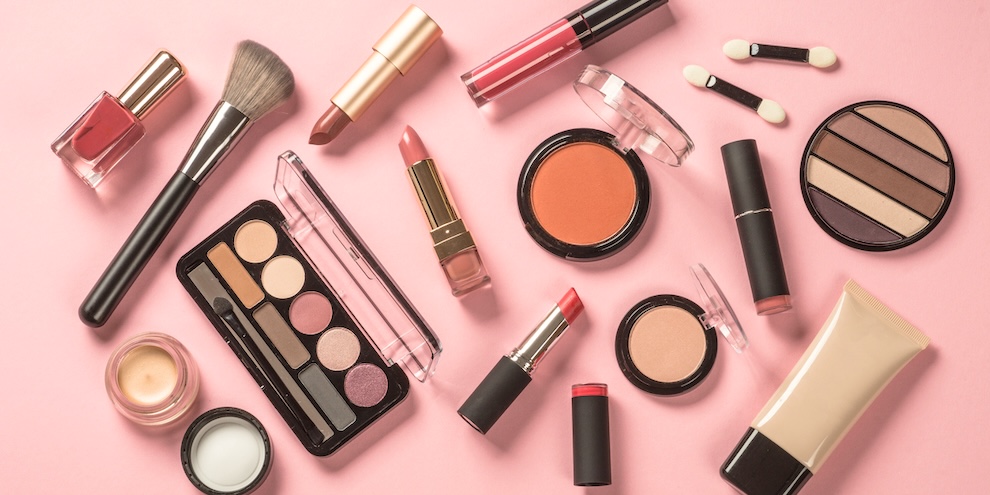Staying on top of the trends
Editor’s note: Omer Kehat is the VP, product at Revuze.
With a portfolio of iconic brands and products in every corner of the globe, L’Oréal has always recognized the importance of staying in tune with consumer expectations. In the modern beauty industry, where product reviews, viral moments and influencer campaigns can shift the market overnight, traditional research cycles alone were no longer fast enough.
To remain at the forefront of beauty innovation, L’Oréal sought to modernize how it surfaced and acted on real consumer feedback. The goal: Understand which trends are real and which are fleeting and give teams across the organization the tools to act on that understanding.
The research challenge: Cutting through noise and unifying insight
Two primary challenges stood out. The first was differentiating between trends and hype. Social listening was useful for identifying what people were talking about, but it didn’t show what customers truly valued in their purchasing decisions. L’Oréal needed to go deeper, beyond just mentions, to understand intent, sentiment and evolving preferences at the point of experience.
The second challenge was democratizing insights across a global organization. L’Oréal had no shortage of data, but much of it was fragmented. Consumer insights were often housed within specific functions, which made cross-functional alignment difficult. The company needed a way to share meaningful and trustworthy insight across marketing, product and sales teams in multiple geographies.
The partnership and process
L’Oréal chose Revuze as their partner to enhance trend identification strategy and democratize insights across departments. They began by testing its AI-powered consumer analytics platform in the United States, focusing on the analysis of review and rating data. The initial phase helped validate its ability to deliver real-time, structured insights from unstructured content, transforming scattered review text into scalable, quantifiable trends.
What set the Revuze approach apart was its ability to combine several capabilities. First, it offered deep sentiment analysis at both the SKU and category levels, giving L’Oréal granular visibility into how individual products and entire segments were performing. It also provided the speed and scale needed to process data across a wide range of products, regions and languages. Finally, its automated theme detection made it possible to track how consumers were describing features and experiences in their own words, uncovering patterns that might otherwise go unnoticed.
After successful early results, L’Oréal expanded the use of Revuze globally in 2023, bringing teams across markets into a shared insights ecosystem. For the first time, marketers, researchers and product teams could access the same granular, near real-time view of consumer behavior without needing to wait on traditional reports or operate in silos.
From insights to action
L’Oréal began rethinking how it approached trend validation. Instead of relying purely on social volume or influencer buzz, teams were able to cross-reference social trends with review sentiment and purchase feedback. For example, if a certain product feature, like a glitter finish or skincare benefit, was gaining traction on social platforms, teams could instantly check whether it was also reflected in consumer reviews, sentiment scores and brand adoption patterns.
This helped L’Oréal prioritize real trends backed by data from actual customers, identify which features or claims resonated across categories and regions and spot early indicators of shifts in preference, such as rising concerns over sustainability or specific ingredients
Because insights were accessible to any department, product development could quickly spot recurring pain points or desired attributes. Marketing could adapt messaging to match how consumers were describing benefits. Sales teams could prepare for changing demand patterns in specific regions. This marked a shift from reactive to proactive insight application, where L’Oréal could act on what consumers were saying, not just observe it after the fact.
Achieving and maintaining a consumer-centric culture
As a result of the partnership, L’Oréal became more confident in assessing the durability of trends by analyzing organic review content alongside social and competitive data; real-time review analysis enabled quicker pivots in product positioning and promotional strategies; marketing, product and sales teams all had access to the same up-to-date consumer language and sentiment; and teams in different countries could explore insights in their own language while staying connected to broader global themes.
As L'Oréal’s Global Digital Insights Manager Leonardo Heringer put it, digital insights offered the “breadth and speed” necessary to keep up with – and stay ahead of – the beauty market’s fast pace.
